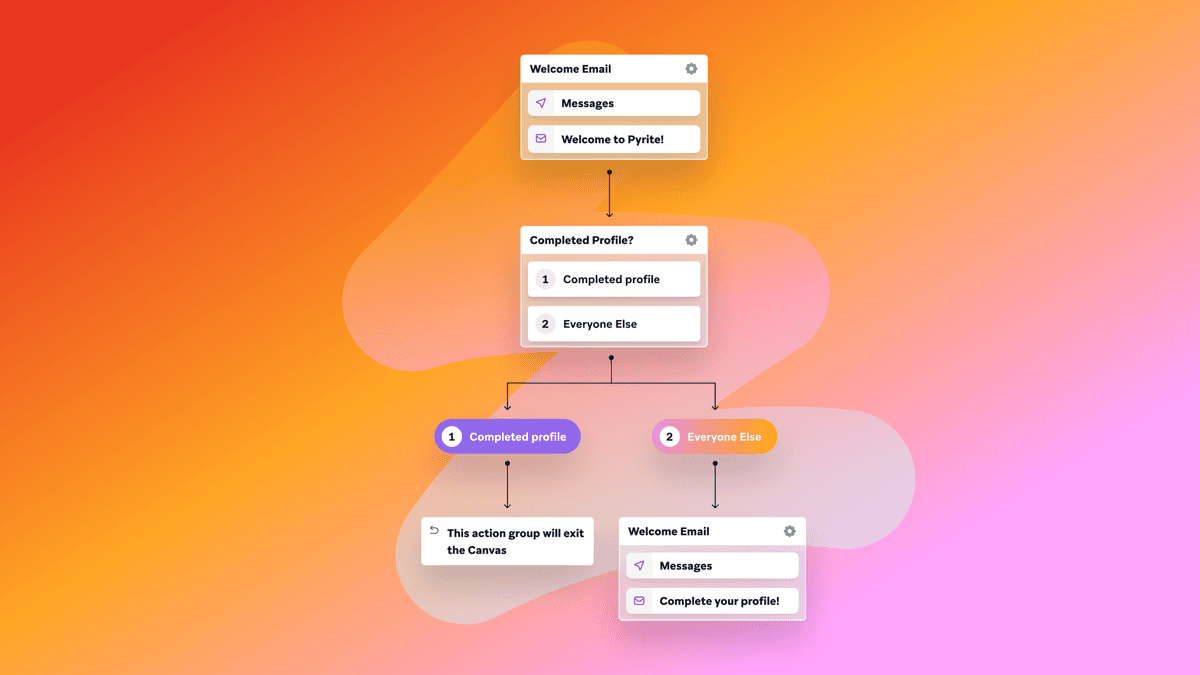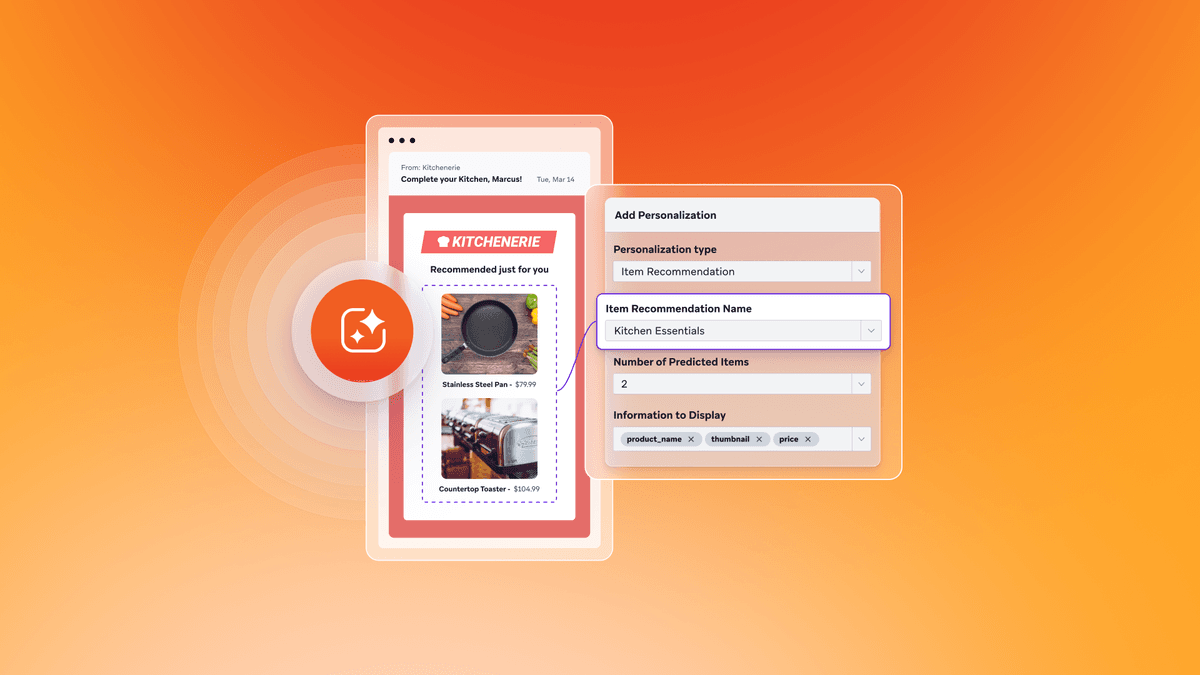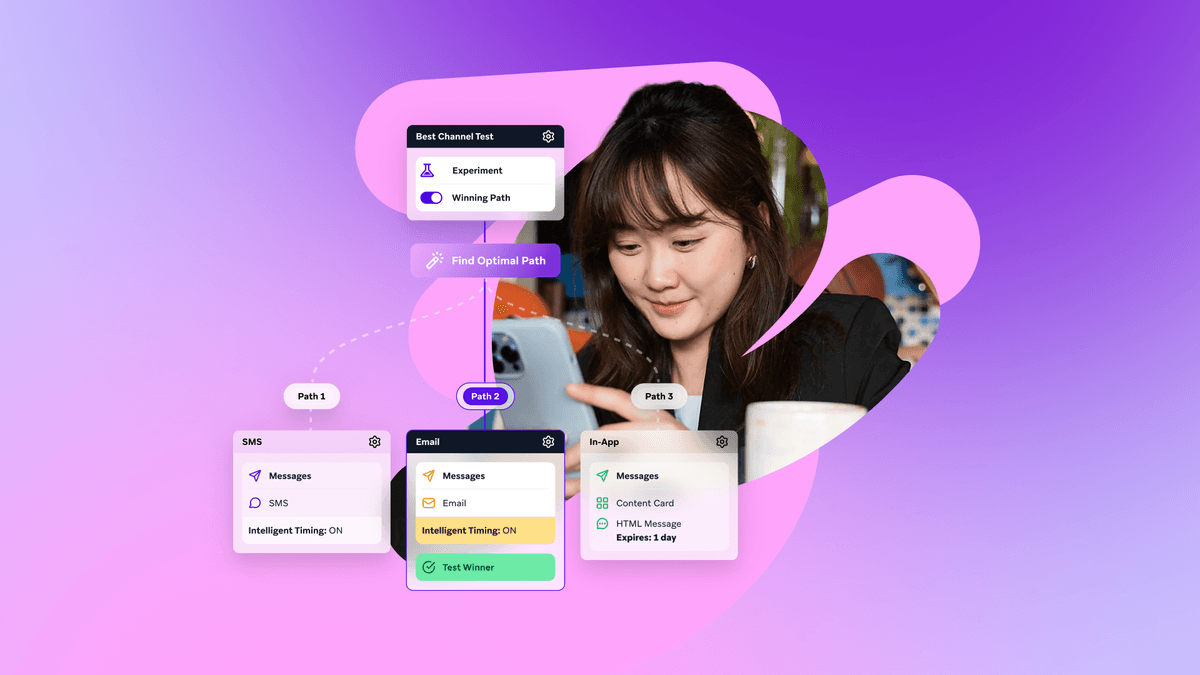Published on June 05, 2019/Last edited on June 05, 2019/7 min read


When you keep up to date with the latest on best practices for marketing, it can be tempting to dive in and adopt whatever trends or technology are currently generating the most buzz. Especially if your manager (or their manager) is pressuring you to chase the latest trend. But putting new practices into place without a roadmap is not only ill-advised, it could be a liability to your company’s bottom line and in direct opposition to your customer engagement goals.
In other words, if implemented incorrectly, the very thing(s) you’re hoping will get people more jazzed about hearing from you may actually have the opposite effect.
We’ve all been there. Every marketer is a consumer, too, and that means we’re by no means immune from broken brand experiences and irritating messaging fails. But unlike the average consumer, we have the ability to learn from these errors and use them to ensure better brand experiences for our own customers. So, in that spirit, let’s dig into five customer engagement traps that even well-meaning marketers can fall into if they’re not careful:
Thoughtful onboarding and welcome messages can be super effective at introducing new customers to your brand’s product or service and building the kinds of sustainable relationships that power long-term business success.
That said, we’ve come across introductory messaging from brands whose lists we joined or apps we downloaded ages ago that made us feel like they just don’t even know who we are. This points to one of two issues (and possibly both): first, an incomplete database without information, such as subscriber sign-up date or level of customer engagement (like engaged, loyal, or lapsing); and, second, one-size-fits all messaging, indicating that these brands aren’t doing the work of tailoring campaigns to specific segments—that is, offering unique messaging for new customers that’s different than outreach geared toward active and inactive ones.
Looking to avoid this type of out-of-nowhere hello? Take the time to explore what great onboarding looks like and ensure that your segmentation house is in order so that not-so-new customers don’t get treated like newbies.
You’ve probably experienced this one too—and if you have, you know it’s like stepping into a parallel universe. It all starts out business as usual: You’re signing up for tickets to a game, booking your next trip, or adding a new item to your favorite store’s checkout cart. Then something comes up and you’re interrupted. But later you get the job done. Buy the tickets. Book the trip. Success, you receive the confirmation. But wait, you also receive a notice telling you to complete the process. Well, which one is it? Did you or didn’t you successfully complete the action?
The problem? Odds are, the company in question has disparate systems that can’t talk effectively—or doesn’t have the tools it needs to cancel automated messages when they’re no longer needed. With exception events, marketers can set down conditions that will override automatic campaigns (for instance, canceling an abandoned cart campaign if the customer comes back and buys). And by ensuring that their customer engagement ecosystems is built around real-time streaming data, brands can avoid these sorts of disconnected experiences and ensure that the left hand always knows what the right’s up to.
Cross-channel marketing is highly effective. Braze research has found that while messages sent via a single channel can help boost customer retention by as much as 71%, cross-channel campaigns have been shown to increase customer retention by 130%.. That said, users don’t necessarily want to receive the same exact information via push notification, in-app messaging, email, and text. What’s next, skywriting? The key to not overdoing it is to set message frequency caps per timeframe and by channel, and ensuring that the messages you send are complementary, not just the same copy in five different boxes.
When these work well, action-based campaigns personalize messaging to 1) be responsive, 2) communicate at the right/most convenient times, and 3) provide great follow-up experiences based on a user’s prior actions. And, what’s more, Braze research shows this approach outperforms traditional time-based scheduling (that’s when everyone gets an update at a set time) by 331% on mobile push rates, by 250% for email, by 346% increase for web push opens, and by 888% increase for overall conversion rates.
Where we’ve seen this strategy falter is when brands don’t think about the context of their action-based campaigns. Nearly everyone’s received a message asking them to rate a product or service right after we’ve taken an action. But what that action is really matters—and in one case, the action was filing a complaint about the experience we were having with the brand in question. If the goal is to drive positive ratings, companies should consider segmentation with this type of action-based campaign so that the segment being targeted for this campaign doesn’t include users with open customer service tickets. Similarly, we’ve seen companies ask us to rate their app, within seconds of installing it. Onboarding tutorials or other welcome messaging would be more appropriate at this stage.
Avoiding these annoying experience isn’t hard, but it does require brands to be more aware of the triggered campaigns they’ve set up and whether they’re providing brilliant customer experiences or broken ones. Looking for an effective way to make that happen? Consider leveraging a customer journey management tool to test how your automated messages are performing for a small group of users before opening them up to larger segments of your audience.
Research conducted by Braze (that’s us) has found that personalizing messages can push open rates up by as much as 225%. And according to McKinsey’s Julien Boudet, companies that use personalization can see 10-30% increases in revenue and customer acquisition and engagement rates.
So personalization can work extremely well, but not when those personalization fields turn from “Check out the new season of American Vandal” to “Check out the new [BLANK] of [BLANK].” To avoid these sticky situations, make sure you’re collecting the types of data you need to support your customer engagement strategy and make sure you have a default message variant set up for anybody with missing information.
Bonus: Here’s a handy checklist to review before introducing new customer engagement strategies and technology
Central to any successful approach to customer engagement is a thoughtful strategy. Trying new tools and tactics is the best way to improve your brand experience and drive more value for your customers and your company. But as you do, make sure you’re also being mindful of your customers’ journeys and any consequences—good or bad—implementing a change will have on their overall experience.
Sign up for regular updates from Braze.





